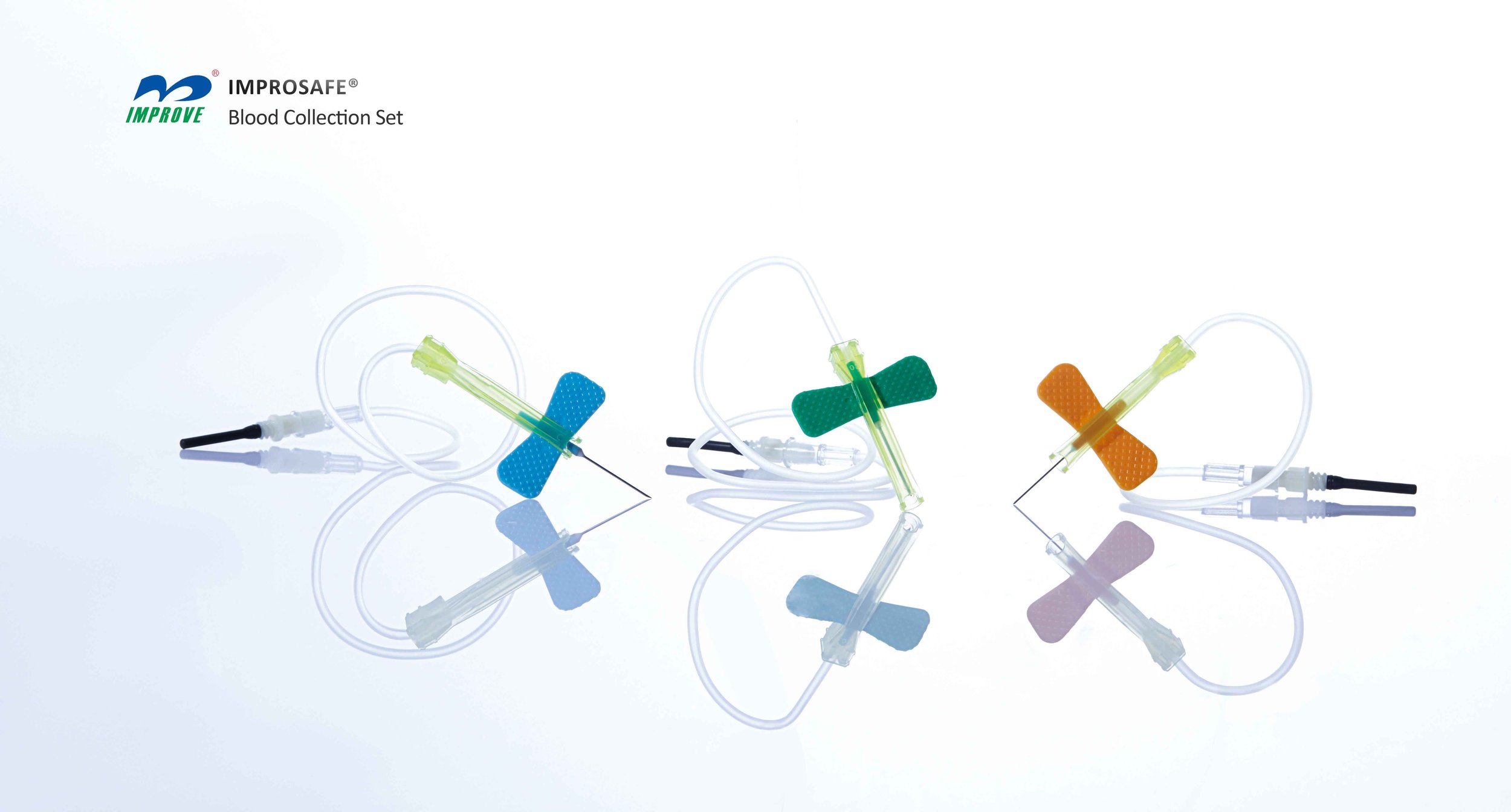Navigating Challenges in Phlebotomy Innovation: Strategies for Startups
Summary
- New startups in phlebotomy face unique challenges in the highly regulated medical lab industry.
- Obstacles include compliance with stringent Regulations, competition from established labs, and access to funding.
- Successful innovation in phlebotomy requires navigating these challenges while focusing on improving patient care and efficiency.
Introduction
Phlebotomy is an essential part of the healthcare system, involving the collection and analysis of blood samples to aid in the diagnosis and treatment of various medical conditions. As technology continues to advance, new startups are emerging with innovative solutions to improve phlebotomy processes and patient care. However, these startups face significant challenges in navigating the highly regulated medical lab industry in the United States.
Challenges Faced by New Startups in Phlebotomy
Regulatory Compliance
One of the primary challenges faced by new startups in phlebotomy is ensuring compliance with the strict Regulations governing medical labs in the United States. These Regulations are in place to protect patient safety and ensure accurate Test Results, but they can be complex and time-consuming to navigate for inexperienced companies. Startups must invest significant resources in understanding and adhering to these Regulations to avoid costly fines or shutdowns.
Competition from Established Labs
Another major obstacle for new startups in phlebotomy is the fierce competition from established labs that have long-standing relationships with Healthcare Providers. These labs have built a reputation for reliability and accuracy, making it challenging for startups to gain a foothold in the market. Additionally, established labs may have larger budgets for marketing and research, giving them a competitive advantage in attracting clients and developing new technologies.
Access to Funding
Securing funding is a significant challenge for new startups in any industry, but it can be particularly difficult in the highly regulated and competitive field of phlebotomy. Investors may be wary of funding companies that lack a track record of success or have limited experience in the healthcare sector. Additionally, the high costs associated with developing and testing new phlebotomy technologies can make it challenging for startups to attract the necessary capital to bring their innovations to market.
Strategies for Overcoming Challenges in Phlebotomy Innovation
Collaboration with Established Labs
One strategy for new startups in phlebotomy to overcome the challenges of competition and regulatory compliance is to collaborate with established labs. By partnering with a reputable lab, startups can gain access to valuable resources, expertise, and client networks that can help accelerate their growth and success. This collaboration also allows startups to leverage the credibility and reputation of the established lab to attract clients and investors.
Focus on Improving Patient Care
While navigating the challenges of the medical lab industry, new startups in phlebotomy should keep their focus on improving patient care and outcomes. By developing technologies that enhance the accuracy, efficiency, and convenience of phlebotomy services, startups can differentiate themselves from competitors and attract Healthcare Providers and patients who prioritize quality care. Emphasizing the benefits of their innovations for patient health and well-being can help startups overcome barriers to adoption and establish a loyal customer base.
Seek Alternative Funding Sources
To overcome the challenge of securing traditional funding, new startups in phlebotomy may need to explore alternative sources of capital. This could include seeking grants and funding opportunities specifically targeted at healthcare startups, as well as partnering with healthcare institutions or government agencies that support innovation in the medical field. By diversifying their funding sources and demonstrating the potential impact of their technologies on patient care, startups can make themselves more attractive to investors and stakeholders.
Conclusion
Innovating in phlebotomy presents unique challenges for new startups in the United States, including regulatory compliance, competition from established labs, and access to funding. By adopting strategies such as collaboration, patient-centered innovation, and alternative funding sources, startups can overcome these obstacles and drive meaningful change in the medical lab industry. Ultimately, success in phlebotomy innovation requires a combination of perseverance, creativity, and a commitment to improving patient care.

Disclaimer: The content provided on this blog is for informational purposes only, reflecting the personal opinions and insights of the author(s) on the topics. The information provided should not be used for diagnosing or treating a health problem or disease, and those seeking personal medical advice should consult with a licensed physician. Always seek the advice of your doctor or other qualified health provider regarding a medical condition. Never disregard professional medical advice or delay in seeking it because of something you have read on this website. If you think you may have a medical emergency, call 911 or go to the nearest emergency room immediately. No physician-patient relationship is created by this web site or its use. No contributors to this web site make any representations, express or implied, with respect to the information provided herein or to its use. While we strive to share accurate and up-to-date information, we cannot guarantee the completeness, reliability, or accuracy of the content. The blog may also include links to external websites and resources for the convenience of our readers. Please note that linking to other sites does not imply endorsement of their content, practices, or services by us. Readers should use their discretion and judgment while exploring any external links and resources mentioned on this blog.
